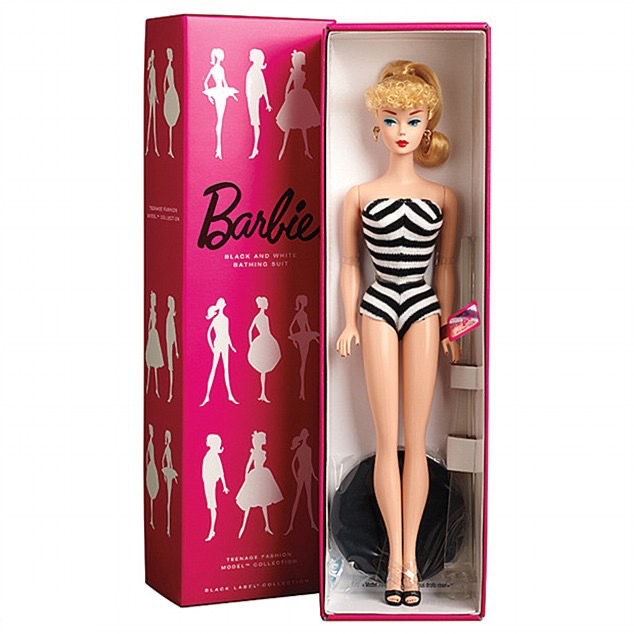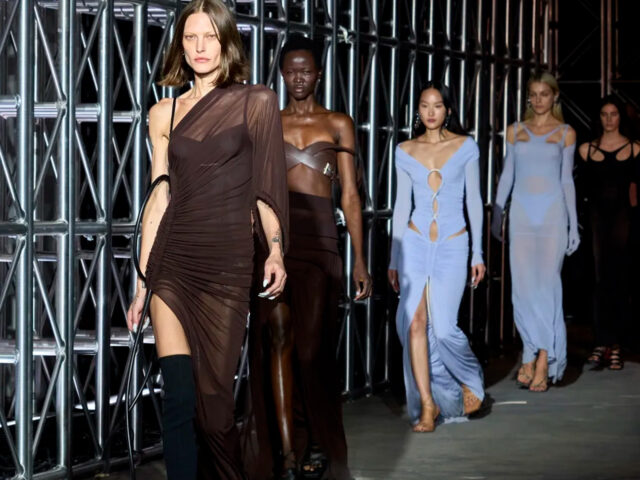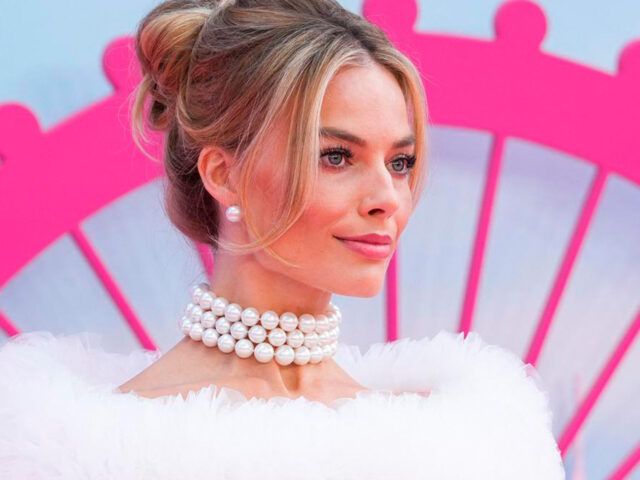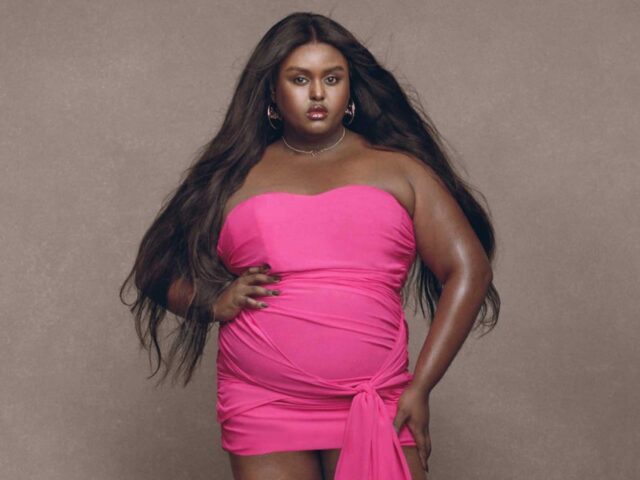The acclaimed film “Barbie” directed by Greta Gerwig arrives in theaters today, July 20, promising to offer an innovative perspective on the iconic doll and explore her enormous influence on popular culture over several decades. Starring Margot Robbie, the film has generated great expectation and curiosity, not only for its cast and unique visual approach, but also for its focus on resizing the figure of one of the most famous dolls in history.
Barbie has been the subject of various interpretations, controversies and controversies over time. The doll’s history dates back to the late 1950s, when Ruth Handler, co-founder of the Mattel company with her husband Elliot Handler, watched her daughter Barbara play with cut-out paper dolls and noticed that she liked to imagine different roles and situations for them.
In the 1950s, toys for girls focused mainly on babies and scaled-down household objects, such as kitchens, tea sets and serving tables. However, Ruth Handler had a vision to create a toy that would transcend those traditional roles and offer girls a powerful new way to play. She introduced a revolutionary concept: a character with a universe of her own, including not only her figure, but also a wide range of accessories such as clothes, cars and a house. This bold approach surprised and even unsettled Mattel’s investors and board of directors.
During a trip to Switzerland in 1956, the designer had the inspiration for a toy with a female body when she met the Bild Lilli doll, based on a cartoon character from the German newspaper Bild. It was a collector’s item and was far from the American children’s world; it had a clear sexual intent, with a tight-fitting bathing suit, makeup and high shoes, being the antithesis of the innocent American toys. It was this revelation that convinced Ruth Handler that a version adapted for the local market would be a resounding success.
In 1959, Mattel introduced the Barbie doll, named after Ruth’s daughter Barbara, and her debut was at the New York International Toy Fair. However, no American brand dared to invest in it, as the doll had a teenage look and did not promote traditional home values. Mattel then decided to launch a major advertising campaign and sell the product directly to stores. A year later, Barbie and her related universe were breaking sales records, recovering the investment of one million dollars in the first month of marketing.

Despite the inevitable controversies she has faced since her creation, Barbie remains a symbol of female power and high aspirations. Her legacy endures, and Greta Gerwig’s film seems to demonstrate just how important this iconic doll has been in popular culture.
Barbie and fashion: an iconic union that has endured over the years.
Sigue toda la información de HIGHXTAR desde Facebook, Twitter o Instagram
You may also like...






